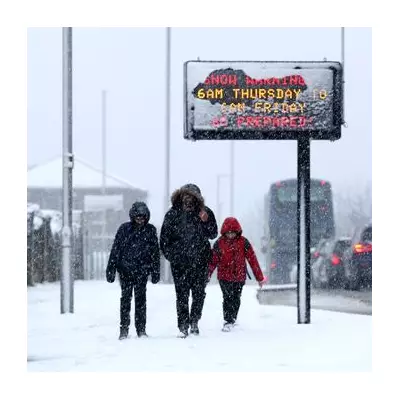
The US East Coast is holding its breath as Hurricane Erin strengthens into a Category 1 storm, setting its sights on a potentially devastating path towards North Carolina. The latest forecasts from the National Hurricane Center (NHC) paint a concerning picture for residents, urging immediate preparations for the storm's arrival.
Tracking The Storm's Path
As of the most recent advisory, the storm was located approximately 500 miles southeast of Cape Hatteras, North Carolina. Meteorologists are closely monitoring its north-northwesterly track at speeds of around 10 mph. While the exact point of landfall remains uncertain, current models suggest the Outer Banks and coastal regions are directly in the crosshairs.
What To Expect: Impacts & Hazards
Hurricane Erin is not just a wind event. The NHC warns of a triple threat of dangers set to batter the coastline:
- Life-Threatening Surf: Powerful waves and rip currents are already affecting beaches, making any ocean activity extremely perilous.
- Heavy Rainfall & Flooding: The slow-moving nature of the storm could lead to significant, prolonged rainfall, resulting in serious flash flooding across eastern North Carolina.
- Destructive Winds: Sustained hurricane-force winds are expected upon landfall, with the potential to cause widespread power outages, property damage, and downed trees.
A Region On High Alert
Emergency management teams across North Carolina are activating response protocols. Governor Roy Cooper has emphasised the seriousness of the situation, stating, "Now is the time for coastal residents to finalise their preparations. Do not underestimate this storm." Officials are advising residents to secure their properties, review evacuation routes, and stock up on essential supplies.
The evolution of Hurricane Erin serves as a stark reminder of the Atlantic hurricane season's potency. All eyes remain fixed on the NHC for the next critical update as the East Coast braces for impact.





